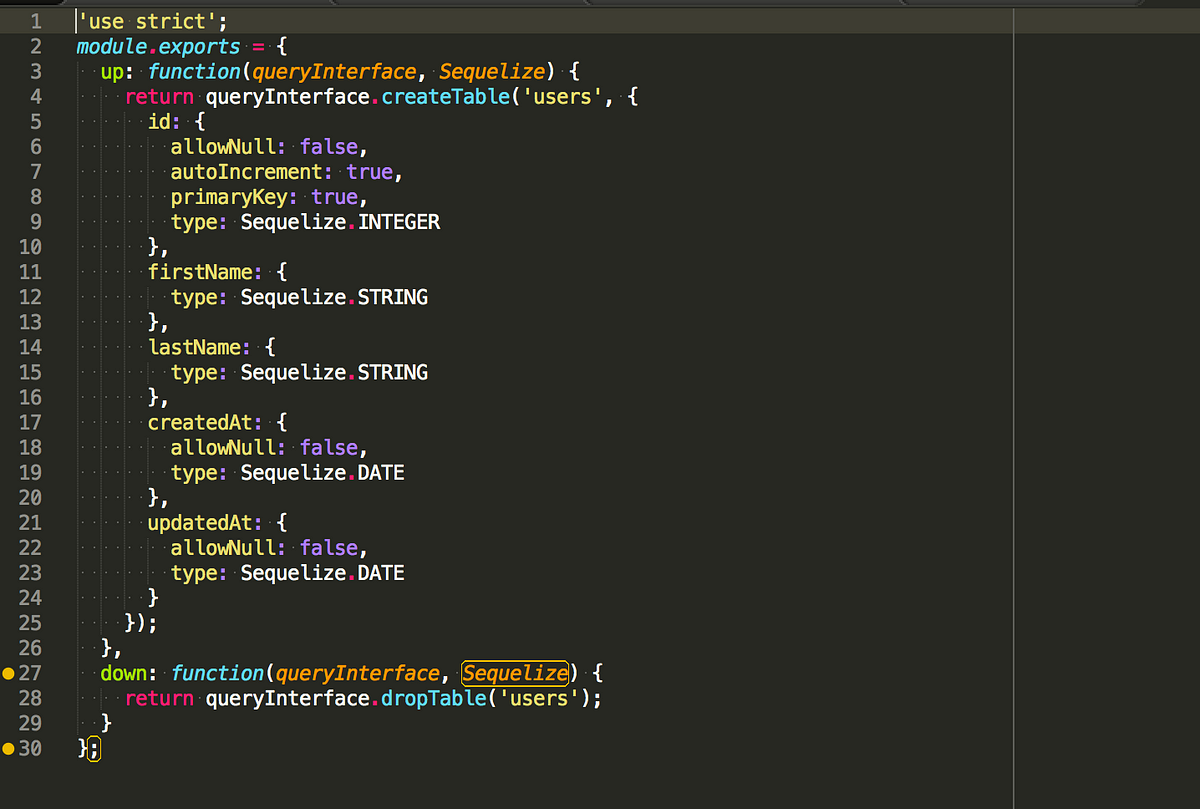

- Sqlpro for postgres role does not exist for mac os#
- Sqlpro for postgres role does not exist pro#
- Sqlpro for postgres role does not exist mac#
Also For MongoDB if you can put a layer of REDIS Cache then that will boost your api performance under large loads.ĥ. There is a stored procedure that generated unique keys instead of auto-increment keys and that will help you sharding or clustering database without sync errors.Ĥ. If you using Postgre SQL then i would suggest you to please check this Use UUIDS always for Auto increments for MYSQL. Never or very rarely use Auto-increments. ( the moment you reach 3 join stop there and try to un-normalized database.ģ. Use Mysql only for storage only and for realtime updates we recommend MongoDB.Ģ. When using MySQL, i would recommend doing the following:ġ. We build our product which is in the same lines as yours but we have used a combination of Mysql and MongoDB. Whatever tool might do the job, but I want to cheer on the newer generation. Using Mongo in a micro-service environment is even better because your models can be smaller, meaning less burden on relationships, although you do compensate with a bit of duplication, but a well-designed schema will have minimal impact on that. Sadly it is just seen as a MySQL clone, but it offers more than that (although its documentation could be improved).

MariaDB has it readily available, and also has many improvements over MySQL and Postgres, especially for NoSQL features and scalability. There's even a third, albeit a little more "manual" implementation here, the graph relationship in which you can model data, in which you can easily model event-driven documents, like a Purchase that goes from "a customer" to "a store", which you can later use for much easier and deep analytics than with the classical SQL stance. Like using references to relate a User to a Profile, and an embed to relate a Product to an Order. You have two de facto ways to connect data, by reference and embedding, which in Ecommerce, both have big uses. But then, I have the same user in the Profile service, with the same id, but totally different fields. For instance, I've got a User service that has all auth related information of a user. What you need to see is to model your data in a way that makes sense with Mongo. Whatever Postgres offers, Mongo does it a little easier and better, like text search and geo-queries. Not just because of it being NoSQL, but because all of the support I find in the NodeJS community through packages and utilities that make it dead easy to use it for several use-cases. Now-a-days, I really found my solution in Mongo. One of the main challenges with analyzing a NoSQL database being familiar in the SQL ways, is that it's easy to look for "analogies" for what makes SQL useful, like relationship enforcing, transactions and the cascading effect on deletes, updates and inserts, and that limit your vision a lot when analyzing a tool like Mongo, especially in a micro-services pattern. However, frankly, I didn't want to model statically all data, since I have several distinct schemas (like for different product types) and I wanted some flexibility to add or remove as I saw fit. PostgreSQL has a broader approval, being mentioned in 2741 company stacks & 2176 developers stacks compared to Sequel Pro, which is listed in 46 company stacks and 23 developer stacks.Ī few months ago, I had decided to use Postgres because since its version 9 it showed a lot of progress for being a high-availability database.
Sqlpro for postgres role does not exist pro#
Uber Technologies, Spotify, and Netflix are some of the popular companies that use PostgreSQL, whereas Sequel Pro is used by Movielala, Algorithmia, and Punchh. It seems that Sequel Pro with 6.73K GitHub stars and 589 forks on GitHub has more adoption than PostgreSQL with 5.44K GitHub stars and 1.8K GitHub forks. PostgreSQL and Sequel Pro are both open source tools. "Relational database" is the primary reason why developers consider PostgreSQL over the competitors, whereas "Free" was stated as the key factor in picking Sequel Pro. PostgreSQL and Sequel Pro are primarily classified as "Databases" and "Database" tools respectively.
Sqlpro for postgres role does not exist mac#
Sequel Pro is a fast, easy-to-use Mac database management application for working with MySQL databases.
Sqlpro for postgres role does not exist for mac os#
On the other hand, Sequel Pro is detailed as " MySQL database management for Mac OS X". Transactions, foreign keys, subqueries, triggers, user-defined typesĪnd functions. That supports an extended subset of the SQL standard, including PostgreSQL is an advanced object-relational database management system

PostgreSQL vs Sequel Pro: What are the differences?ĭevelopers describe PostgreSQL as " A powerful, open source object-relational database system".


 0 kommentar(er)
0 kommentar(er)
